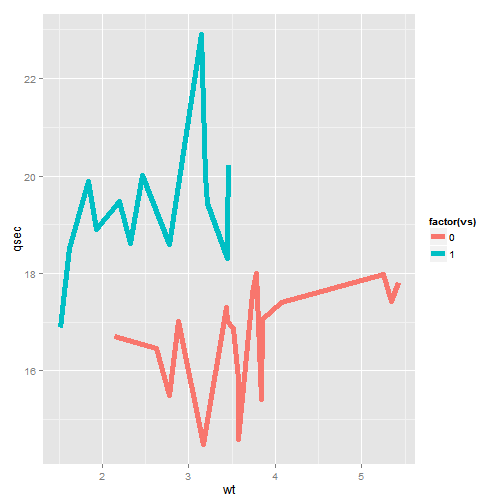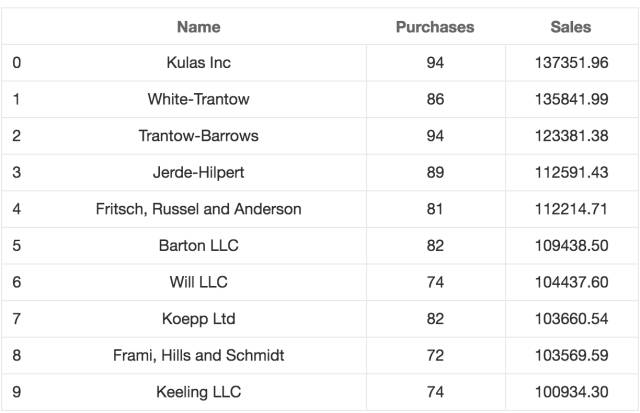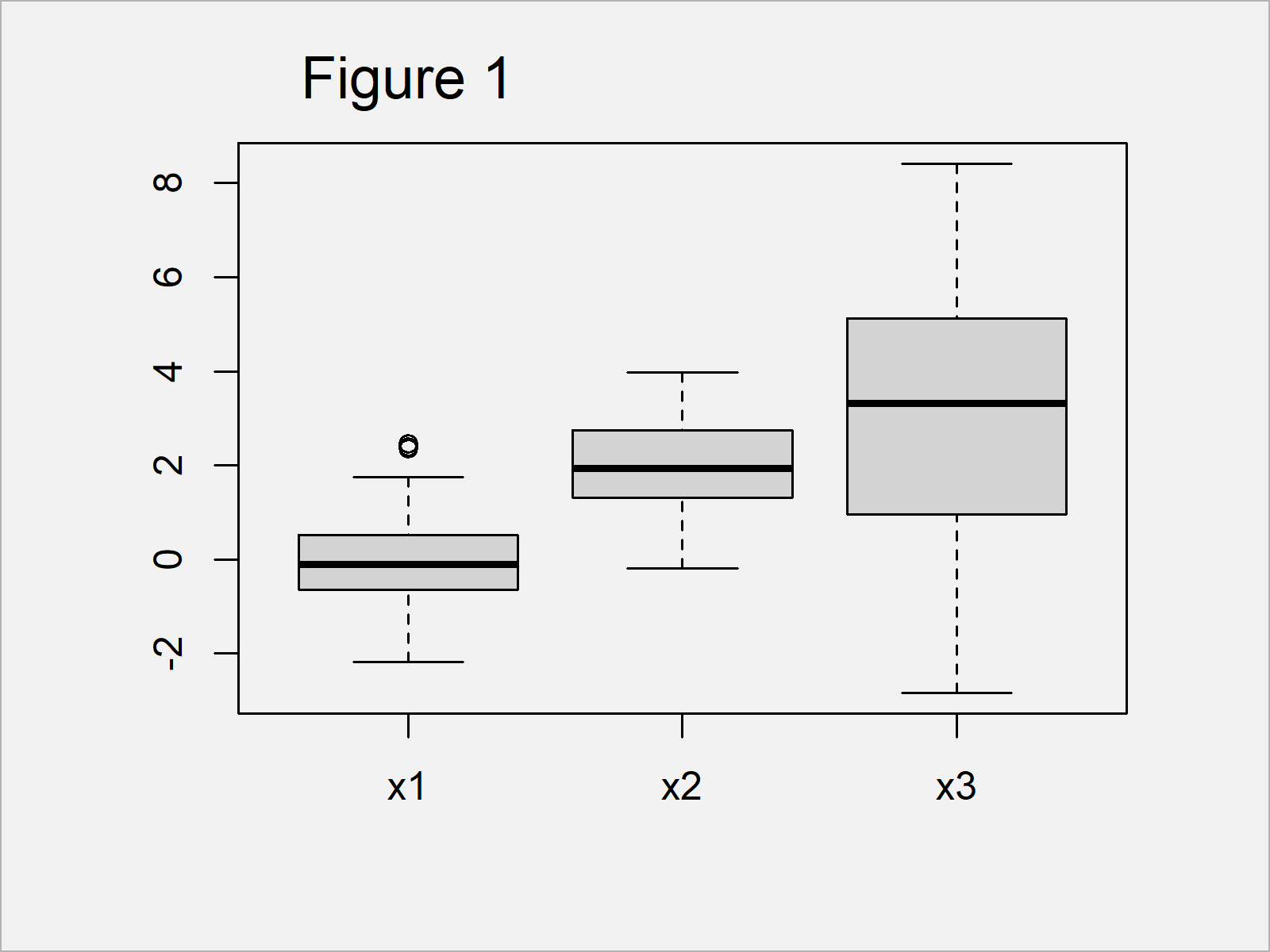
We can easily change theme elements of both plots using & theme(). axis.title elementtext(), Change both x and y axis titles 3 4.

Now we’ll combine the two plots with patchwork.
Ggplot rename x ticks how to#
This results in different appearances, as shown below.P_top <- ggplot(tg, aes( x = factor(dose), y = len)) + geom_jitter( aes( shape = factor(dose)), width = 0.2, size = 2) + scale_shape_prism() + coord_cartesian( ylim = c( 1140, 1160)) + scale_y_continuous( breaks = c( 1140, 1160)) + guides( y = "prism_offset_minor") theme_outlier <- function( palette = "black_and_white", base_size = 14, base_family = "sans", base_fontface = "bold", base_line_size = base_size / 14, base_rect_size = base_size / 14, axis_text_angle = 0, border = FALSE) p_top <- p_top + theme_outlier() p_top How to change x-axis tick label names, order and boxplot colour using R ggplot I have a folder containing csv files, each with two columns of data e.g. It takes a numeric vector equal to the length of the number of ticks. With a coordinate transform, the transformation happens after the breaks and scale range are decided. The breaks argument will allow us to specify where the ticks appear. With a scale transform, the data is transformed before properties such as breaks (the tick locations) and range of the axis are decided. One is to use a scale transform, and the other is to use a coordinate transform.


There are two ways of transforming an axis. In order to create an area chart with a column of the input data frame you can pass the dates (if available) or an index to x and the variable of interest to y and then use geomarea. Use the second argument of xticks to set the labels: import numpy as np import matplotlib.pyplot as plt data np.random.rand (100) for i in range (3) plt.boxplot (data) plt. 1 2 3 4 5 df > ggplot(aes(xgender,yweight)) + geomboxplot(width0. It is possible to transform the axes with log, power, roots, and so on. First, we have to create a plot without axis ticks. To change the x-axis tick mark label, from 0 & 1 to Female and Male here, we can add a layer scalexdiscrete () and specify the breaks currently used and specify the labels that we actually want, as shown below. # The scale will show only the ones that are within range (3.50-6.25 in this case)īp + scale_y_continuous ( breaks = seq ( 1, 10, 1 / 4 )) # The breaks can be spaced unevenlyīp + scale_y_continuous ( breaks = c ( 4, 4.25, 4.5, 5, 6, 8 )) # Suppress ticks and gridlinesīp + scale_y_continuous ( breaks = NULL ) # Hide tick marks and labels (on Y axis), but keep the gridlinesīp + theme ( axis.ticks = element_blank (), = element_blank ())īy default, the axes are linearly scaled. # This will show tick marks on every 0.25 from 1 to 10 The output of the previous syntax is shown in Figure 1 A boxplot with the x-axis label names x1, x2, and x3.


 0 kommentar(er)
0 kommentar(er)
